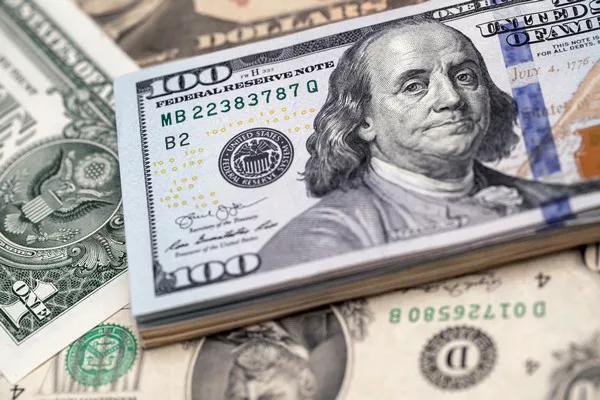In the vast realm of currency, certain notes stand out not just for their monetary value but also for their uniqueness and historical significance. The two-dollar bill, adorned with its distinctive design featuring Thomas Jefferson, the third president of the United States, has captured the curiosity of collectors and enthusiasts alike. As we delve into the world of two-dollar bills, we explore the factors that contribute to their value, debunk common misconceptions, and shed light on their worth beyond face value.
Historical Context:
The journey of the two-dollar bill dates back to the early days of the United States, when various denominations were issued to meet the growing demands of a burgeoning economy. The first two-dollar bills were introduced in 1862, during a period of economic upheaval known as the Civil War. Initially featuring a vignette of the allegorical figure Science, the design evolved over the years, eventually settling on the portrait of Thomas Jefferson, one of the Founding Fathers, on the obverse.
Face Value vs. Collector’s Value:
Many individuals are surprised to learn that the face value of a two-dollar bill is just that – two dollars. However, what sets these bills apart is their potential collector’s value, which can far exceed the nominal amount. The rarity of two-dollar bills in circulation contributes to their perceived value among collectors, with certain series and editions fetching higher prices.
Series and Editions:
Two-dollar bills have undergone various design changes and updates over the years, resulting in distinct series and editions. Collectors often seek out specific series, such as the 1928, 1953, and 1976 issues, for their unique characteristics and historical significance. Additionally, special editions, such as those commemorating the bicentennial of the United States in 1976, can command higher prices due to their limited production and commemorative nature.
See Also What Happens If Us Dollar Is No Longer Reserve Currency
Condition and Grading:
As with any collectible item, the condition of a two-dollar bill significantly influences its value. Bills in pristine condition, with minimal wear, creases, or discoloration, are generally more sought after by collectors. Professional grading services, such as the Paper Money Guaranty (PMG) or the Numismatic Guaranty Corporation (NGC), assign grades to banknotes based on their condition, with higher grades corresponding to better preservation.
Misconceptions Surrounding Two-Dollar Bills:
Despite their intriguing history and potential collector’s value, two-dollar bills are often subject to misconceptions that may deter their circulation. One such myth is that two-dollar bills are no longer legal tender. In reality, they are still considered legal currency and can be used for transactions like any other U.S. bill. Additionally, some individuals mistakenly believe that two-dollar bills are extremely rare, contributing to their perceived value. While they are less common than one-dollar bills, two-dollar bills are still actively printed by the Bureau of Engraving and Printing.
Collectors’ Market and Demand:
The market for two-dollar bills is fueled by the passion and interest of collectors seeking to complete their collections or acquire unique pieces. The demand for specific series, editions, and well-preserved bills can lead to competitive bidding at auctions and specialized currency events. Online platforms, dedicated collector forums, and auctions provide a marketplace where enthusiasts can buy, sell, and trade two-dollar bills, contributing to the fluidity and dynamism of the market.
Factors Influencing Value:
Several factors contribute to the value of a two-dollar bill in the collectors’ market. Rarity, as determined by the series and edition, is a primary factor. Bills from older series or limited editions are often more valuable due to their scarcity. Uniqueness, such as printing errors or misalignments, can also enhance a bill’s worth. Historical significance, such as bills from key moments in U.S. history, adds an extra layer of appeal for collectors.
Preservation and Storage:
For collectors looking to preserve the condition of their two-dollar bills, proper storage is paramount. Bills should be kept in a cool, dry environment, away from direct sunlight and potential sources of damage. Utilizing protective sleeves or holders designed for currency can prevent wear and tear over time. Additionally, handling two-dollar bills with clean hands and avoiding unnecessary folding or creasing contributes to their long-term preservation.
Conclusion:
In conclusion, the value of a two-dollar bill extends beyond its face value, capturing the imagination of collectors and enthusiasts who appreciate its historical significance and unique design. While the face value remains a constant two dollars, the collector’s market thrives on factors such as rarity, series, edition, condition, and historical context. As these bills continue to circulate and find their way into the hands of collectors, the mystique surrounding the two-dollar bill persists, inviting individuals to explore the intersection of history, currency, and collectibles.


